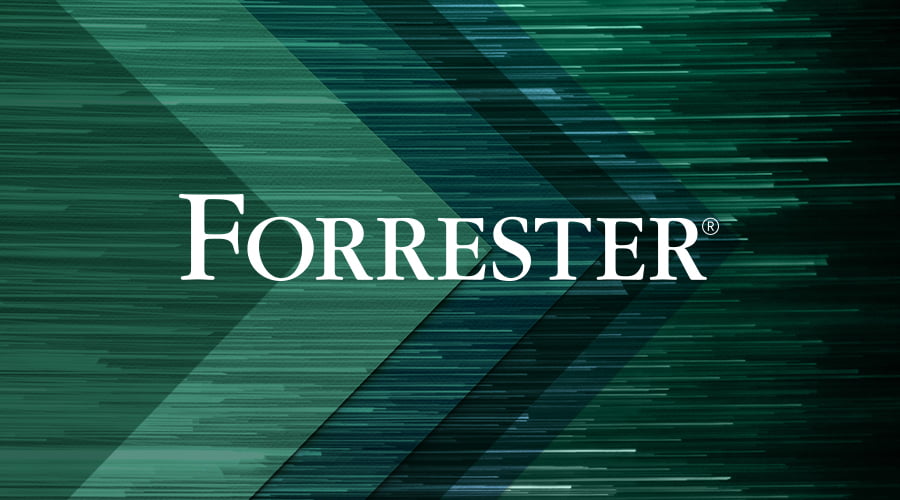This is the second installment in a series of five blog posts highlighting important lessons about consumer behavior and attitude that emerged from the past decade. If a retrospective look on the 2010s conjures feelings of uncertainty, peering through the lens of legacy brand leaders only dramatizes the sense of instability as the volume and variety of services competing for consumer attention explodes.
Lesson 2: Consumers are fueled by an “almost infinite appetite for distraction.”
What changed: The speed at which consumers started buying from new companies and services. Eager consumers powered the explosive rise of game-changing brands from Uber to Warby Parker to Casper against a backdrop of familiar brands like Sears, Barneys, and Lord & Taylor ominously shuttering iconic storefronts. Consumers also witnessed the not-so-valiant collapse of VC darlings — buzzy brands like Theranos and WeWork became among the costliest startup failures to date. Even so, consumers started throwing caution to the wind when doing business with emerging brands: By 2019, direct-to-consumer disruptors flaunting creative brand stories, nascent business models, and novice entrepreneurs elicited a purchase from as many as four in 10 US online adults.
Here to stay: Consumer willingness to experiment with new brands and products. For more than 20 years, consumer appetite for novelty has steadily intensified; today, more than half of US online adults are willing to try out new brands and products. Does this foreshadow more episodes of instantaneous, inexplicable obsessions (ghosts of fidget spinners and Pokemon Go) in the near future? Perhaps. But more importantly, the brands that get ahead by feeding novelties while reducing decision stress will continue to hold a competitive edge.
Speaking of distraction, one can’t describe the previous decade without mentioning the kaleidoscopic effects of social networking platforms. As the world’s largest social media sites morphed, a certain underlying behavioral driver steadily powered consumers’ social activity. Check back tomorrow to learn more in lesson No. 3.
